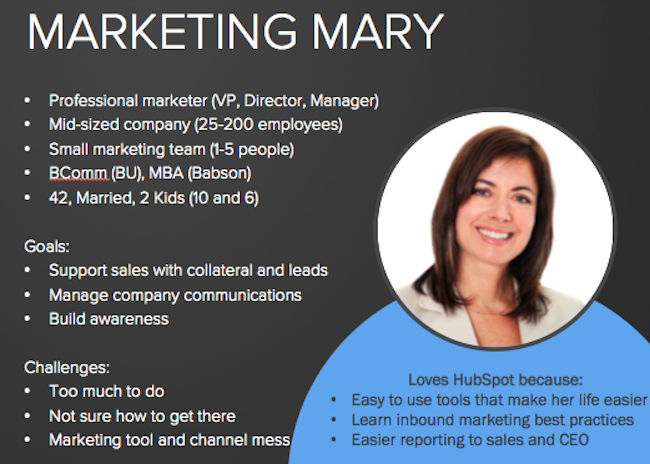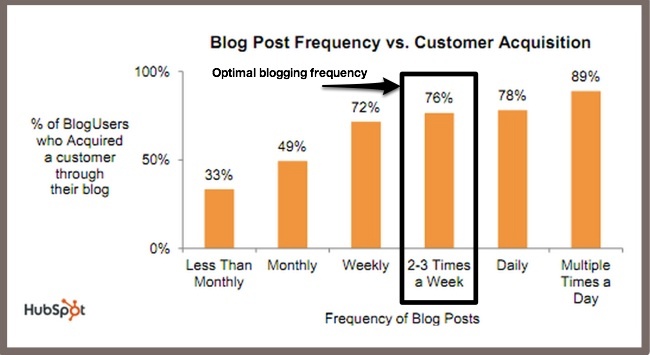So, you’ve spent a few hours researching a blog post and a few more writing it.
Except, after uploading it, nothing happens.
Hardly any views, zero comments and fewer social shares than a four hour live stream of an accountancy conference.
It’s frustrating, but it’s not just bad luck that is causing your content to fall flat. Here are six reasons people aren’t engaging.
Your content isn’t relevant to your audience
In a previous job I worked on the account of a specialist car insurance company. Before coming on board with the agency they had been creating plenty of blog content, presumably with a view to increasing web traffic.However, the content they were producing had nothing to do with that they offered. They’d written blogs about football and current affairs.
Now, there are plenty of people interested in football and current affairs, but they’re probably not going to come to a car insurance provider to read about it. Unsurprisingly, their blog was a ghost town.
You don’t have to restrict yourself to only ever writing about your products and services, but you do need to make sure that your content is related to them.
Establish your ‘Buyer Personas’
A good place to start is by defining your buyer personas. In other words, your ideal customers.

An example buyer persona
Buyer personas are semi-fictitious representations of these customers: their challenges, objections and goals, as well as which demographic they might fit into.
Check out our free eBook, The Ultimate Guide to Identifying Your Buyer Personas, to find out more.
Once you have established what your target market looks like, you can more easily tailor your content strategy to match.
You’re not saying anything surprising
If it’s a blog post that you’ve created, are you actually saying anything new? If it is retreading an old debate or putting forward an outdated opinion then your audience aren’t going to feel compelled to click on or share the piece.Before you sit down to write a blog post, think to yourself whether or not what you’re about to say has been said before.
You’re not offering any (unique) value
The previous point feeds into this one.It’s all well and good producing content that answers the questions and challenges of your buyer personas, but if it’s just a rehash of other content from your industry why should anyone bother checking out your version?
As well as unique your content must offer value. It should be solving a common problem or providing an insight that your target audience will find useful. It might have never been written about before, but if it’s not actually of use to anyone, that’s why.
This doesn’t have to be in the form of eBooks that run to thousands of words. Even a 400 word listicle or 10-second video can be a massive success — as long as it’s delivering that unique value.
It offers a poor user experience
Even the best content can fail to grab the attention of some people.This is often because internet users are incredibly fickle with staggeringly low attention spans, but sometimes it’s because your content doesn’t provide a positive user experience.
Blog content
Users will often be put off from reading a blog post by the formatting. If the post is made up of huge paragraphs then it just looks hard work to read.Break up your blog posts with headings at the very least, but also look to include images and videos where relevant. If your blog includes statistics, can you create a graphical representation instead of explaining them in text?
For more on how to format your blog posts, check out my seven tips for boosting engagement.
Video content
Video and animation are very much the digital marketing flavour of the month, thanks largely to Facebook’s efforts to promote this type of content ahead of the rest.
Video is a great way of communicating with your target audience, particularly on mobile devices where reading content can be more problematic, but this doesn’t mean it’s easy.
Just like with blog content, if you don’t think about how to deliver it your video will fall flat — no matter how valuable the content of that video actually is.
Length is key here. As a general rule, aim for under two minutes; longer videos can do well too, but only if the subject warrants it. Again you need to be considering mobile users. When people are on the go, they often won’t have much more than a minute to watch your content.
READ MORE: The 6 Most Important Elements of a Promotional Video
You don’t post enough content
Consistency and familiarity breed trust.
If you’re not producing content on a regular basis you’re a lot less likely to be considered a thought-leader in your niche, and you’ll fall behind competitors that are providing valuable insight more often than you are.
Think about it: to earn engagement you need followers, and you’re not going to acquire them if you don’t have a strong track record of creating great content.

Don’t post for the sake of it, this will cause your audience to turn off from you too, but put together a strategy and plan a calendar of content to ensure you’re publishing stuff regularly.
Your amplification strategy is wrong
The ‘build it and they will come’ mentality won’t work when it comes to your content.
Amplification is key to content marketing success. In fact, Social Triggers’ Derek Halpern wrote about the 80/20 rule of content marketing back in 2013. In his blog Derek argued that to build a strong fanbase you should spend 20% of your time creating content and the other 80% promoting it.
You can argue over the exact split in terms of percentages, but the principle is clear enough — you cannot neglect the promotion of your content in favour of churning out more of it.
Of course, no amount of amplification will work if you’re not targeting the right audiences. This is another reason you need to have your buyer personas defined first. Where do they hang out online? Which blogs are they reading? The answers to these questions will be critical in formulating your outreach strategy.
Want to create compelling video content that drives user engagement? We can help. Click on the banner below to find out more.
Stay Updated with Our Latest Insights
Get expert HubSpot tips and integration strategies delivered to your inbox.



